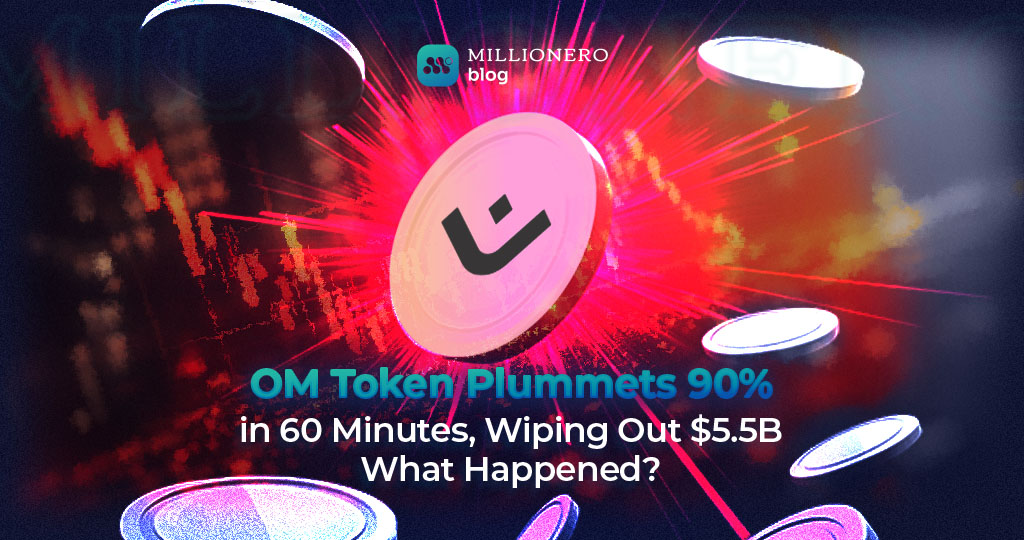
On April 13, 2025, OM, the main token of the MANTRA project, crashed over 90% in just a few hours. It dropped from around 6.30 to 0.37 USDT, wiping out billions in value. Once riding high at 9 USDT, OM suddenly became the center of a major crypto controversy. Was it a rug pull? Or just another case of exchange chaos?
Let’s break it down.
The Drop
OM’s price collapse was fast and brutal. In one day:
- It fell from 6.30 to under 0.50 USDT
- Trading volume jumped to 700 million USDT
- Market cap fell from 6 billion to just 485 million USDT
People on X (Twitter) quickly compared it to Terra Luna (2022) and FTX, shouting “rug pull!” as panic set in.
Why Did It Happen?
According to JP Mullin, MANTRA’s co-founder, this was not a rug pull. He said it was caused by forced liquidations on a centralized exchange. What does that mean?
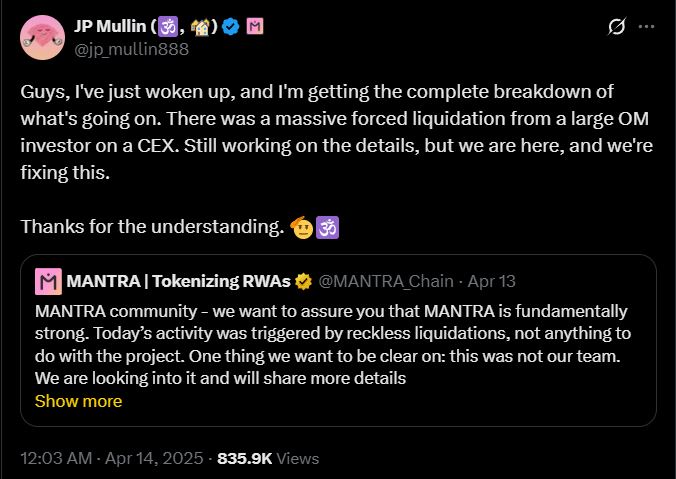

- A CEX (unnamed) started closing OM positions held by traders who were using leverage (borrowing money to trade)
- These liquidations happened during low-liquidity hours, when fewer people were buying or selling, causing a domino effect
- Mullin blamed the exchange’s “reckless behavior” for creating a “perfect storm”
But there’s more to it.
Was It Market Manipulation?
Some analysts weren’t buying the official explanation. Why?
- It was reported that 90% of OM tokens were held by the team
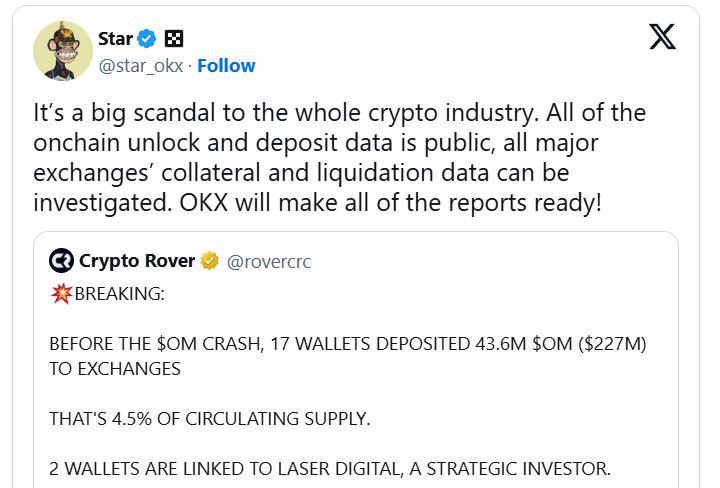

- That much control makes any price move riskier
- There were whispers of insider dumping, even if blockchain sleuths like ZachXBT didn’t find solid proof
Still, no on-chain evidence has shown that the team actually sold anything.
Exchanges Under Fire
Other signs suggest the issue wasn’t just with OM. Around the same time:
- Binance updated its margin rules, increasing the chance of auto-liquidations
- OKX launched a probe into suspicious large-scale trades
- Tokens like Act I: The AI Prophecy dropped 50%, and DeXe fell 38%
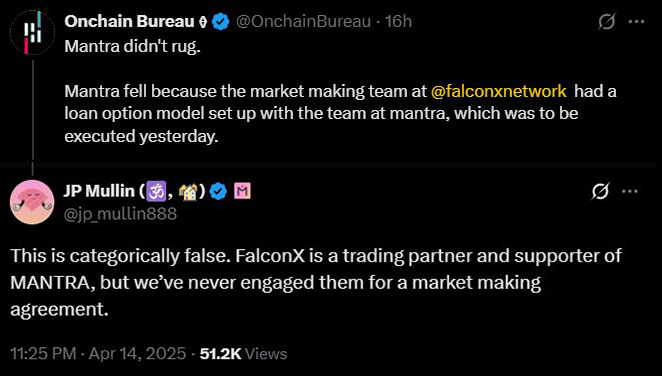

In short, the exchanges may have pulled the trigger, not the project team.
Did the Team Sell?
MANTRA says absolutely not.
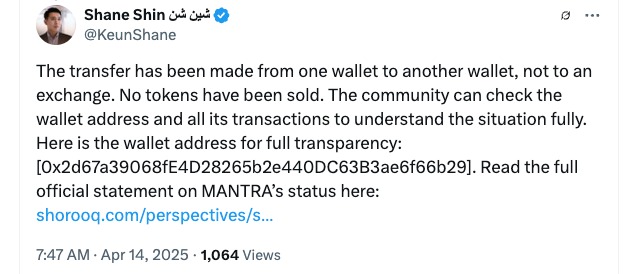

- Mullin said team and investor tokens are locked by vesting schedules
- No wallet connected to the team was seen selling
- Critics argued otherwise, but again, no hard evidence
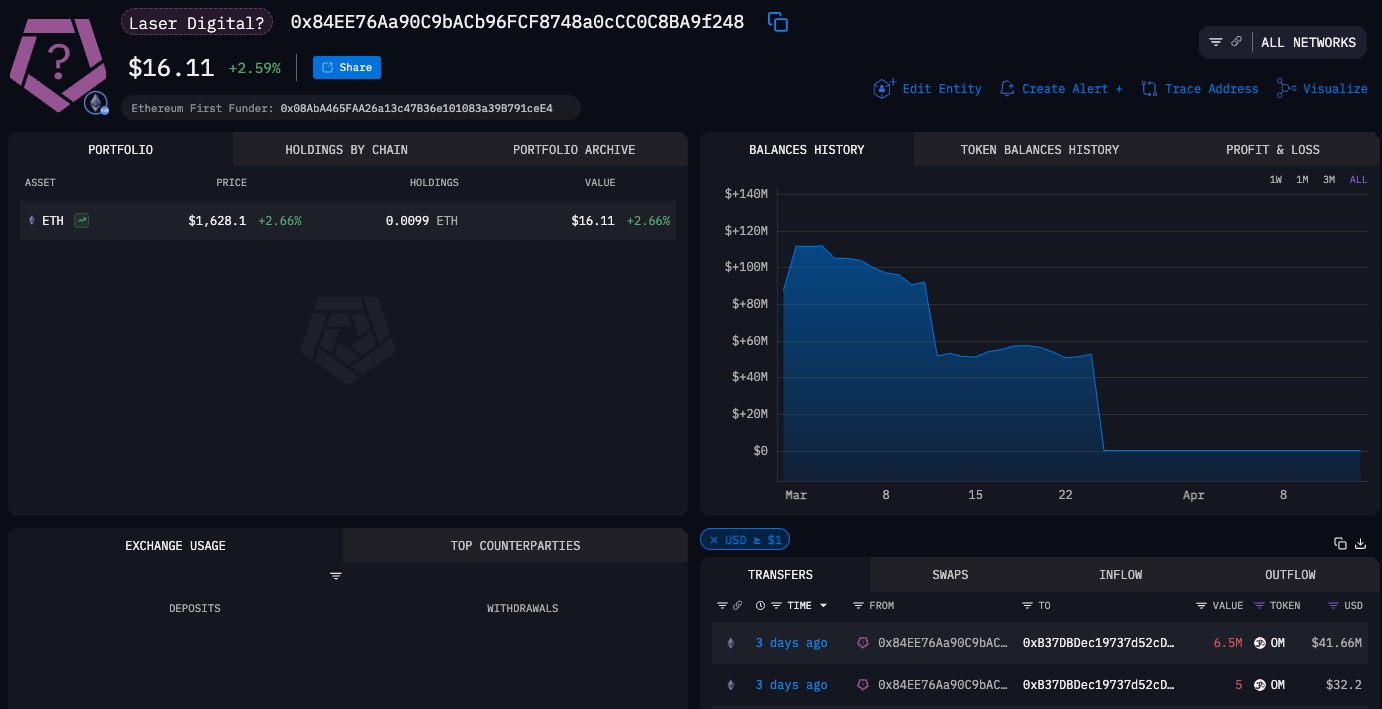

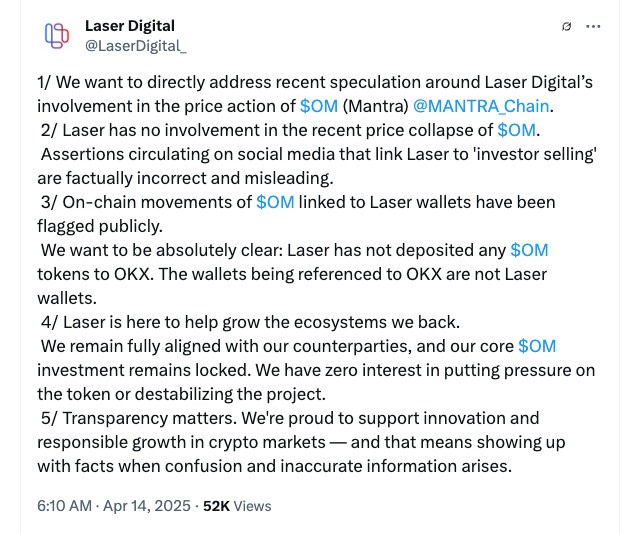

Even claims like “the Telegram was deleted” were denied. The group is still active, according to MANTRA.
How the Team Responded
Mullin jumped into action fast:
- Hosted live X Spaces to answer questions
- Released statements denying any wrongdoing
- Reminded people of their partnerships, like a $1B real-world asset (RWA) deal with Dubai’s DAMAC Group
- Promised a full post-mortem report and an open AMA (Ask Me Anything) for the community
What About the “CEO Vacation”?
Some rumors claimed MANTRA’s CEO was on vacation during the crash. But that’s not true.
- Mullin said he had “just woken up 30 minutes ago” when the crash happened
- That fits his version of events: a surprise liquidation event, not a coordinated exit
So… Rug Pull or Not?
Right now, we don’t have clear proof of fraud.
- No major insider wallets dumped tokens
- Team tokens appear to be locked
- Exchanges seem to have played a big role, especially with updated margin rules
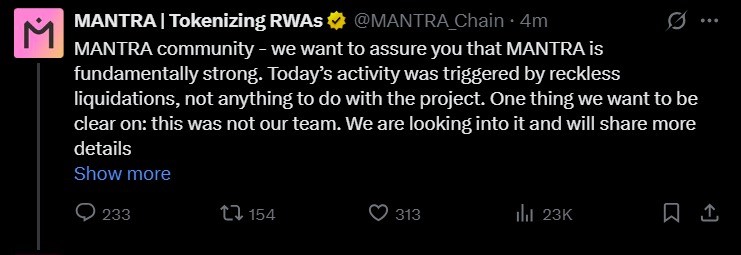

Still, holding 90% of the supply is a red flag, even if nothing shady happened this time.
Final Thoughts
The OM crash is a wake-up call. When a project’s token is too concentrated in one place and relies heavily on centralized exchanges, it only takes one move to break the whole system.
So far, MANTRA is trying to do damage control, and it might survive thanks to strong partnerships and licenses, but rebuilding trust won’t be easy.
This article is not financial advice. Please do your own research (DYOR), and you can start on blog.millionero.com. When you’re ready, come trade spot and perpetual futures on Millionero.

